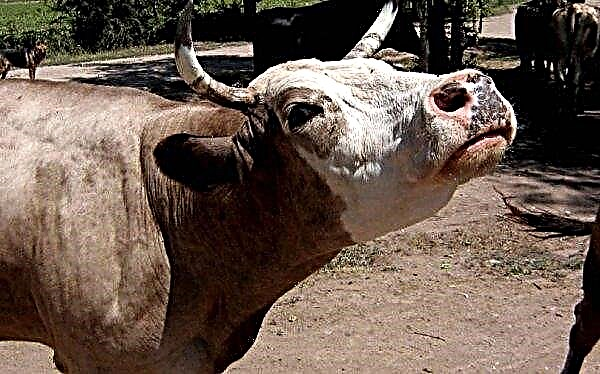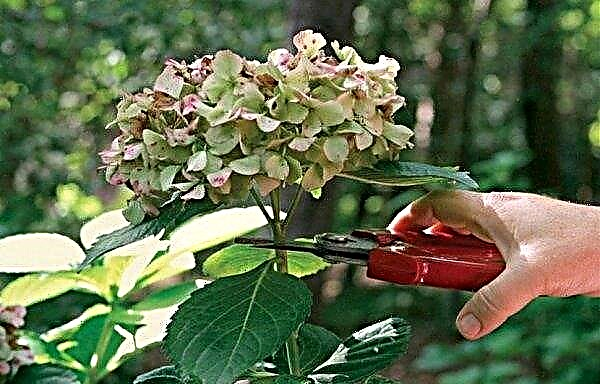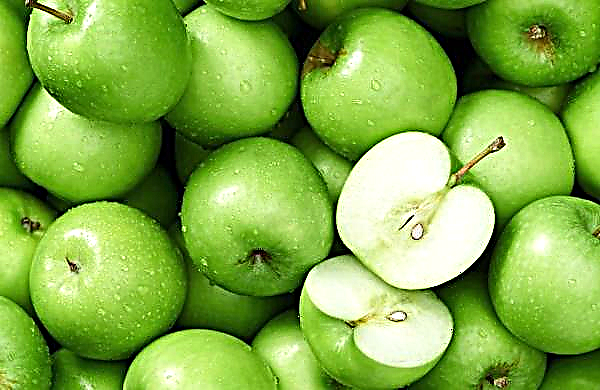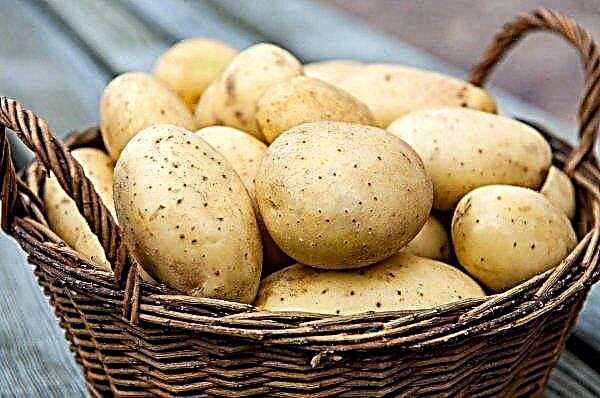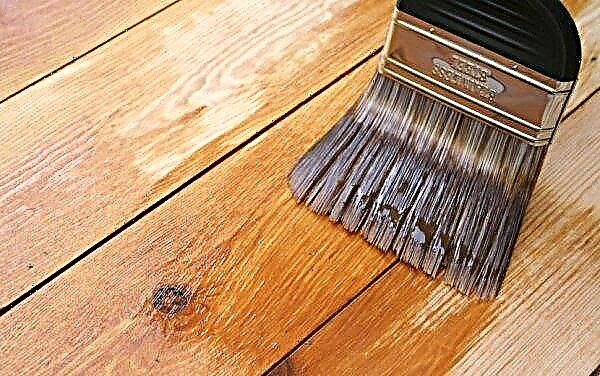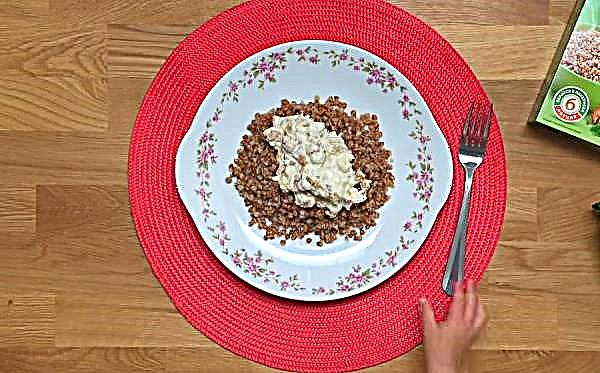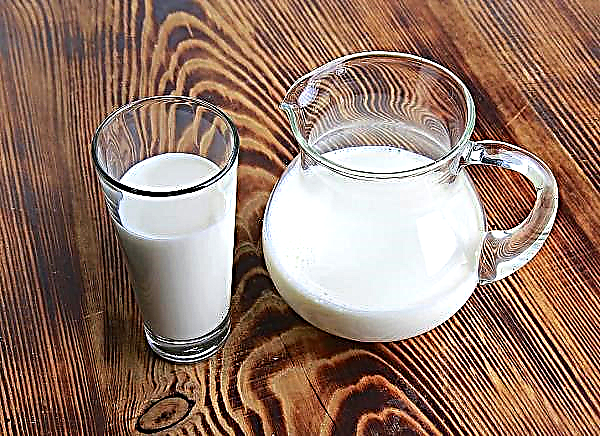Thuja is one of the few plants that is often used for live fences. It grows quickly, easily tolerates a haircut, is well restored and looks even more attractive. In addition, thuja costs less than other seedlings used for hedges.
Grade selection
When choosing plants for a live fence, it is necessary to take into account that they are:
- unpretentious;
- winter hardy;
- grew fast.
In addition, you should consider:
- the possibility of haircuts for further shaping;
- the duration of seasonal decorativeness;
- lack of uncontrolled growth.
Thuja fully meets the above requirements.
Important! Thuja can be propagated by cuttings of two-, three-year-old shoots or seeds.
When planting a hedge, it is necessary to take into account the variety of soil. Thuja belongs to unpretentious plants. It is suitable not only fertile, but also poor in nutrients soils, but at the same time quite moist. It grows on peaty and boggy soils.
For the hedge, the most common are thuja western varieties:
- Brabant - the variety meets all the requirements for creating hedges. The shape of the barrel is pyramidal. The height of a tree in a single planting can reach more than 15 m, in a hedge grows 5–6 m. The annual vertical growth during irrigation can reach up to 50 cm, in width - 10–15 cm.
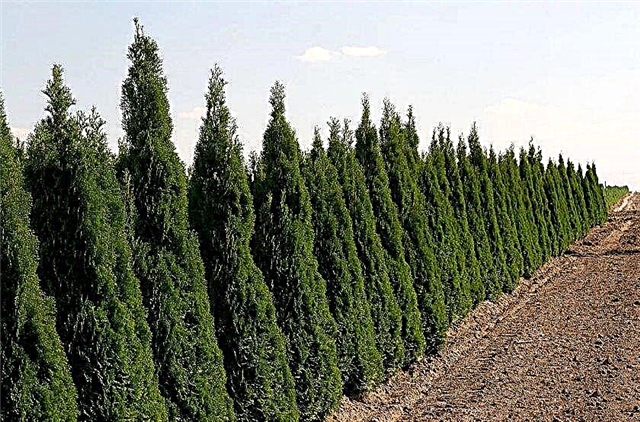
- Emerald - the variety is distinguished by a dark green color in the winter. But in a living fence the crowns do not close. Annual growth is much less than that of the Brabant variety. It is better to plant in compositions and single landings.

- Pyramidis compact - has a narrow conical compact crown. It is the most suitable variety for creating live fences. It is characterized by strong growth and is not prone to abundant fruiting.

- Kolumna - a beautiful tree with a densely growing crown. It reaches a height of 6 m, grows about 20 cm annually. Through the narrow crown of the tree, the planting step must be reduced, and the number of seedlings increased. If you land these arborvitae along the road, you get a beautiful view similar to the cypresses of Tuscany.
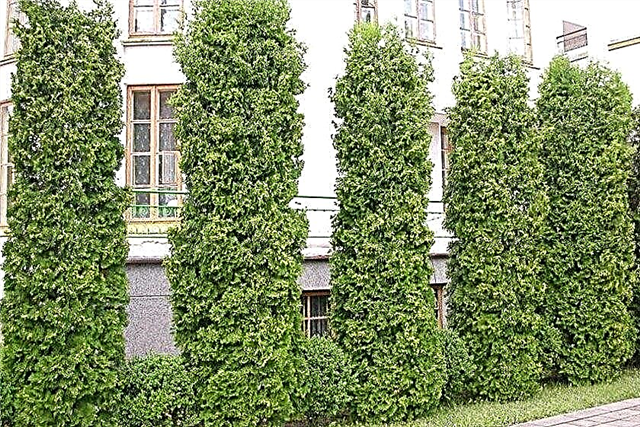
- Spiralis - An ancient variety, one of the fastest growing. The annual growth of shoots is greater than that of the Brabant variety. It differs in spirally twisted short branches and a narrowly conical crown. In summer, the needles are dark green with a blue tint, in winter the color is bright brown. Plant height - up to 5 m. The variety is prone to fruiting.

Varieties of yellow coniferous thuja:
- Europe Gold;
- Sankist;
- Elov Ribon;
- Golden Smaragd.
Did you know? In 2002, German scientists proved that extracts made from thuja leaves can fight in type A influenza virus.
Thanks to the yellow color, these plants will become an adornment of any garden. The first three varieties are similar to each other. A distinctive feature of Golden Smaragd is the gentle needles of saturated sunny color and a clearly defined pyramidal crown.

Landing rules
To plant for the fence, plants of 2-3 years of age are necessary. They take root better and go up after planting. Landing is best done in the fall. During this period, the humidity is high, and the sun does not heat the air. Such conditions will have a beneficial effect on the survival rate and good rooting of seedlings.
Distances between thuja trees must be 80–120 cm. Do not plant seedlings densely. Trees should feel comfortable. When planting in 2 rows, the distance between the rows is not less than 1 m. It is better to place trees according to this scheme in a checkerboard pattern. Planting a fence in three rows is not recommended. Due to lack of moisture, the middle row usually dies.
Did you know? Thuja has a persistent smell, so it is used in perfumes and for flavoring shoes.
Step-by-step instruction
To plant a hedge in your summer cottage, you must:
- Calculate and purchase the required number of seedlings. To do this, measure the length of the fence in meters and divide by the length of the landing interval (0.7–1.2 m).
- Mark the fence with a cord and pegs.
- Dig a ditch 50 cm deep and wide commensurate with the root system of seedlings along the entire length.
- Place a layer of fertile soil removed from above on the bottom of the ditch, then peat or compost.
- Arrange seedlings according to the selected planting step.
- Pour half a bucket for 1 seedling and cover it with earth.
- Deepen the seedlings so that the root neck is a couple of centimeters below the soil or flush with it.

Follow-up care
After planting, the hedge needs constant care for 1 year. In order to fully implement this, it is necessary to study in detail all the features of watering, weed control, wintering and haircuts of the planted fence.
Watering
After planting, trees need to be regularly watered, otherwise the needles may turn yellow. It should be remembered that thuja loves moisture, therefore, in the dry season, adult plants must be watered. Watering depth is up to 10 cm.

Loosening and mulching
To grow young thuja, it is necessary to carry out continuous loosening of the soil to a depth of 10 cm and remove weeds. They take moisture and nutrients from young seedlings. In the first three years, the hedge needs to be fed. In the spring and summer, you need to make nitrogen fertilizers at the rate of 50 g per 1 m², in the fall - phosphorus 80 g per 1 plant.
To preserve moisture and improve the properties of the surface layer, the earth around the trunks is mulched. As a mulch in the country, hay, straw, fallen leaves, sawdust, pine cones, needles, bark are used.

Proper wintering
If young seedlings are sheltered, they will not die in the winter. All work must be carried out before snow falls. To protect the ground use a non-woven material of white color. It is sold in garden shops. Young plants should be covered one at a time, and adults should be covered in a single piece along and fixed with a cord.
Important! When caring for a thuja, young plants should not be overfed. Otherwise, they begin to grow too quickly and lose their original shape.
The material should be wrapped trees without sagging. This will help to avoid pushing through the top of the thuja with snow and tearing off the protective layer by the wind. Plants do not tighten the cord too tightly. Autumn mulching helps protect thuja roots from freezing. For this purpose, a mixture of fallen leaves and earth is better. In winter, when cleaning the tracks in the garden from snow, do not throw it on the hedge. The shape of plants may lose their attractive appearance.
In the spring, shelters should not be rushed to clean. Rays of the sun can cause burns of seedlings. If the air temperature becomes constant without the possibility of night frosts, the protective material is removed.

Trimming and Shaping
From the second year after planting, you should start cutting plants. It must be carried out with special garden shears. A haircut will give the accuracy of the hedge and enhance the growth of side shoots and young branches at the bottom of the bushes. After such a procedure, the bottom of the fence will not be exposed. Trimming must be done in the spring. Then the slices will quickly close with young shoots. In summer, pruning of adult bushes is carried out 2-3 times. In autumn, haircuts are carried out until the end of leaf fall. In the middle of the season, dry, diseased and large shoots are removed.
To prevent adult trees from dying, every year it is necessary to give them the opportunity to grow by at least 5 cm. Thus, over the course of several years, the height of the hedge will grow by about 5 cm per year. Then pruning is carried out in early spring, reducing the height to the desired size. Then again give the plants to carry out annual growth. Only the Brabant variety does not need such a haircut. He easily tolerates it, so the size of the fence every year can remain constant.

What plants can I alternate with
Varieties of yellow thuja can be used in hedges both in pure form and diluting them with green conifers. For example, 3 yellow and 6 green nearby. Such a fence will be more spectacular.
Thuja goes well with other evergreens: common spruce, common juniper and virgin, yew berry. Also for the hedge, you can consider the combination of thuja with climbing plants and flowering vines. Curly roses, clematis and hydrangeas are well suited for this. The neighborhood of thuja with deciduous trees and shrubs is also possible.

Advantages and disadvantages of thuja hedges
- Thuja hedge has several advantages:
- protects from prying eyes and uninvited guests;
- holds up snow;
- serves as a barrier against wind, gases, dirt;
- purifies air with the help of volatile bacteria from pathogenic bacteria;
- serves as a decoration in landscape design;
- does not require large financial investments when growing independently from cuttings.
Did you know? In Chinese medicine, thuja is used to treat depression, insomnia, fever to stop bleeding, with a rapid heartbeat.
- It should be noted that such a fence has some disadvantages:
- a long period for growing is needed;
- death of some plants is possible, which leads to additional plantings;
- requires care and regular haircuts.
If the difficulties with planting a hedge of thuja did not scare you, then you need to be patient, seedlings, garden tools and follow the above tips. You should be completely sure of one thing: in landscape design, such a fence will look beautiful and very harmonious.










